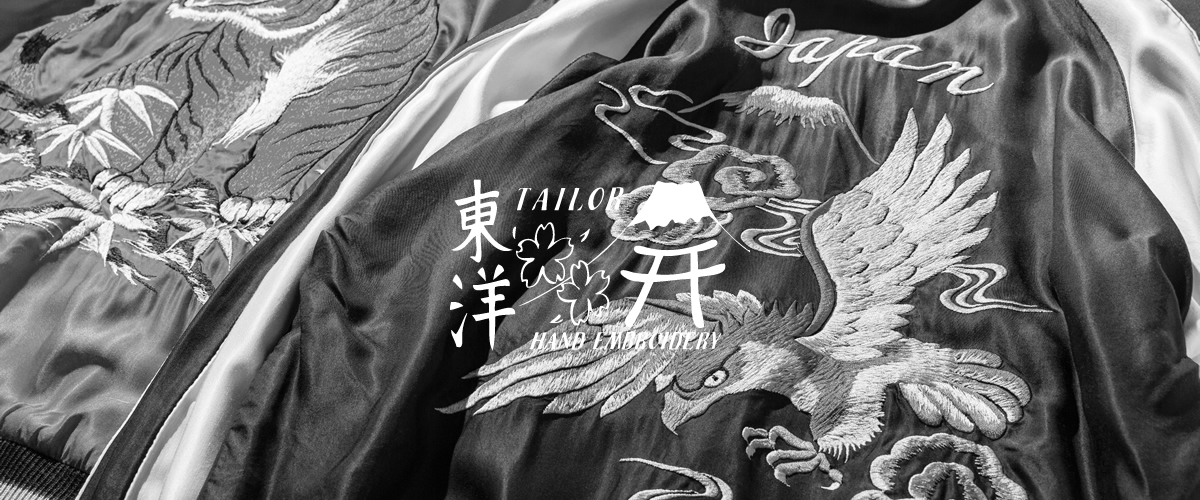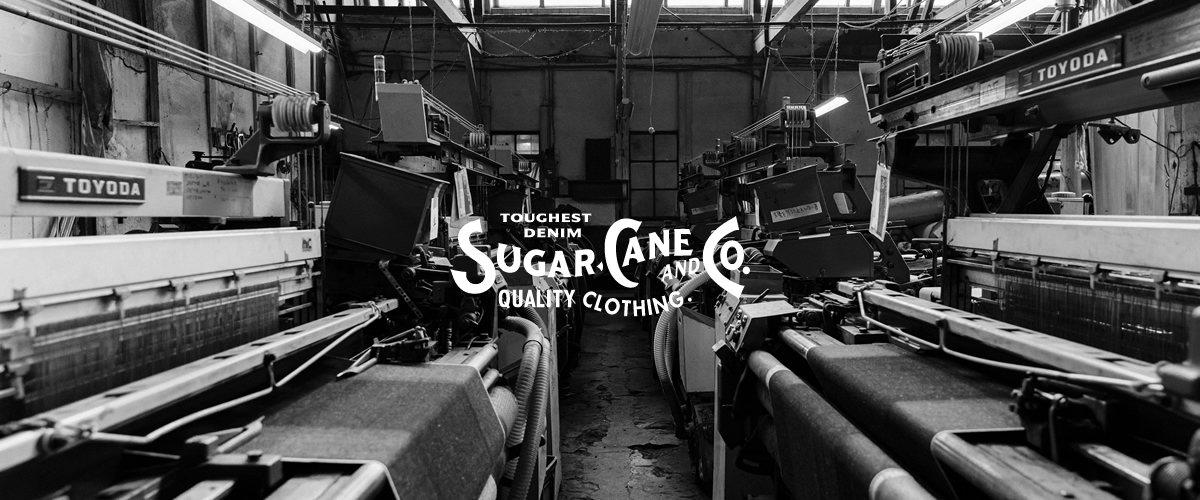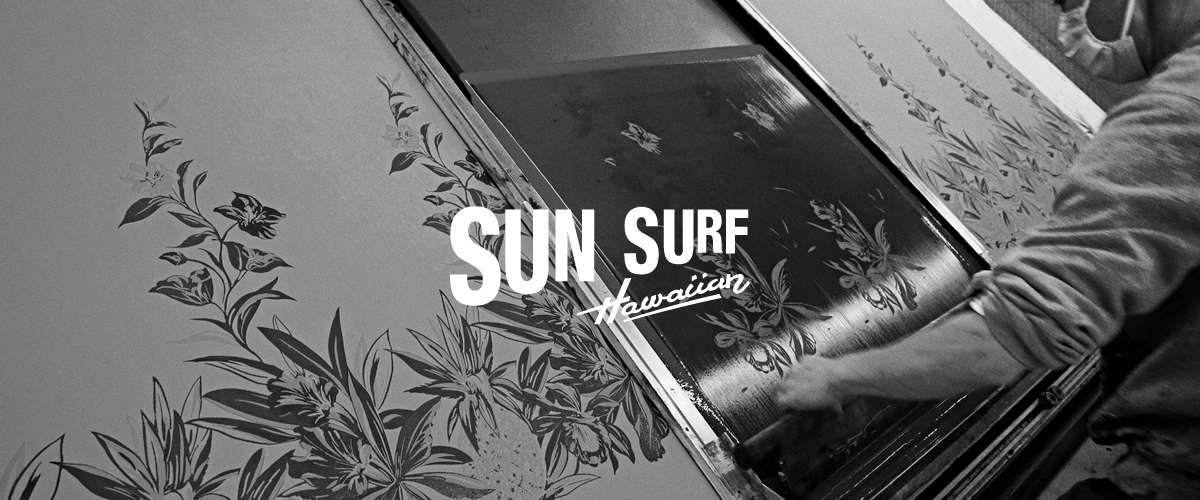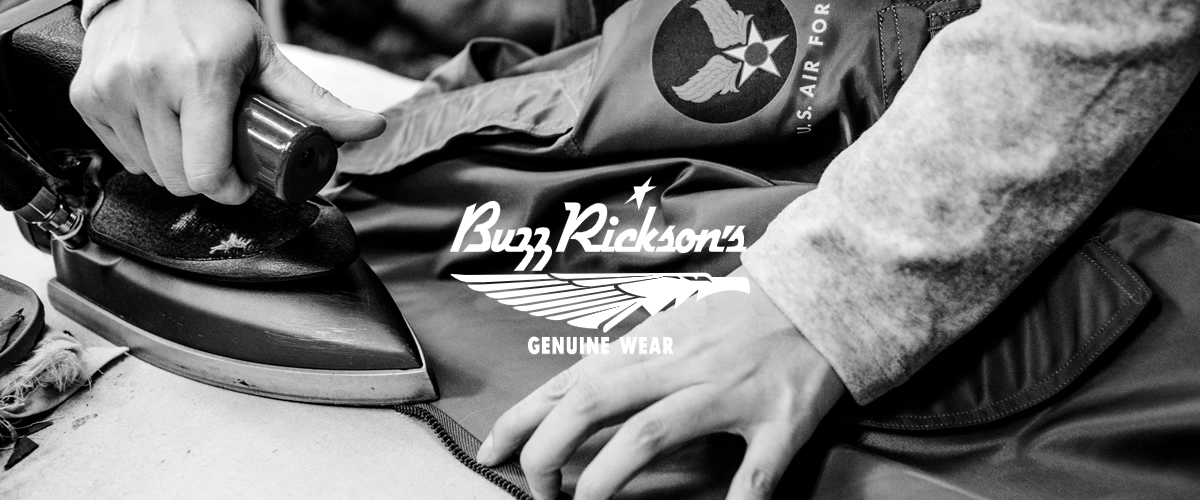| 社名 | 東洋エンタープライズ株式会社 |
| 代表取締役 | 小林 亨一(こばやし りょういち) |
| 設立 | 1965年(昭和40年)11月18日 |
| 事業内容 | 繊維製品企画製造業、卸売り、及び貿易業 |
| 東京本社 | 〒130-0021 東京都墨田区緑2丁目14-12 |
| 佐野支店 | 〒327-0822 栃木県佐野市越名町2055-3 |
KOSHO & CO.
TAILOR TOYO
東洋エンタープライズ株式会社は1965年、東京都墨田区で設立。だがその歴史は1940年代に創業した前身の会社、港商(こうしょう)商会から始まっている。戦後間もない当時、GHQによる経済活動の活発化を目論んだ政策として、日本の経済界を牛耳っていた一握りの財閥解体が行われた。それによって誕生した会社のひとつが、生地などの輸出入を行っていた「港商」である。
戦後間もない混乱の中、当時の銀座界隈には米軍将校を相手とした露店が並び、着物や帯などの日本の伝統品を土産物として欲しがる米兵で溢れかえっていた。その露店街に集まる米兵の姿を目の当たりにし、港商の社員が考案したのがオリエンタルな刺繍を施した土産物(スーベニア)としてのジャンパー。現在では「スカジャン」と呼ばれる「日本発祥の洋服」が誕生した瞬間であった。
形はアメリカ人に親しみやすいベースボールジャケットを模し、刺繍は桐生や足利の職人に依頼。当時は戦後の物資統制で絹糸の入手が難しく、生地はシルクに似た「アセテート」を使用した。港商が露店でそれらを販売すると瞬く間に人気を博す。やがてそのジャケットはPX(米軍基地内の売店)の買い付け担当者の目に止まり、日本各地の基地に納入され、その人気は海外の米軍基地にまでも及んだ。
当時の納品伝票をみると SOUVENIR JACKET(スーベニアジャケット)という商品名で記されており、スカジャンの全盛期とされる1950年代、港商は納入シェアの95パーセントを占めるほどであった。港商から始まり、現在は TAILOR TOYO(テーラー東洋)の名で半世紀以上にわたってスカジャンを作り続けている。
Post war Japan, during economic revitalization, General Headquarters (GHQ) carried out dissolution of Japanese financial business conglomerates that were dominating the Japanese financial circles. This major political resolution resulted in the birth of multiple new businesses, Kosho & Co. (Koshoshokai) being one of them. Kosho & Co. originated as an import/export company for clothing fabric, and is the predecessor of Toyo Enterprise, as we know it today. In the midst of the post war chaos, the streets of Ginza, Tokyo became flooded with street stalls selling traditional Japanese items such as kimonos to American officers. Soon, the streets were swarmed with Americans hunting for souvenirs to take back to their home country.
Seeing the vast amount of U.S. military soldiers surrounding the street stalls, an employee of Kosho & Co. came up with a radical idea. The employee devised the creation of a jacket featuring embroidered oriental designs. In order to implement this, craftsmen from cities of Kiryu and Ashikaga were gathered for the embroider. They incorporated the details of a baseball jacket, an already familiar design to the Americans. Due to the scarcity of silk, acetate was used as a substitution, a very similar material. Kosho & Co. sold these jackets on the street stalls, and immediately saw a spike in demand. The word spread to the PX (Post Exchange) of the U.S. Army base, and the jackets were shortly supplied to all the bases located in Japan and even internationally. Upon inspection of payment sheets, we can see that these jackets were labeled as a ‘Souvenir Jacket’ back then.
TOYO ENTERPRISE
COMPANY LTD.
SUGAR CANE
「港商」の主要メンバーであった小林進が、米軍によるベトナム戦争への本格的介入を機に、日本の米軍基地関係者を対象として1965年11月に東洋エンタープライズ株式会社を設立。米軍向けの衣料製造とともに、国内への米軍サープラスの流通窓口としての展開も行った。当時、東洋エンタープライズは米軍基地内のPX(post exchange)から依頼を受けてジーンズを作製。この出来事が、後にデニムをはじめとしたワークウェアを手掛けるきっかけとなる。
1975年にベトナム戦争が終結すると、東洋エンタープライズは完全な国内向けの衣料メーカーへと転身。その際、米軍基地に駐屯していた将校によってブランド名が SUGAR CANE(シュガーケーン)と名付けられた。日本のブランドでありながら、米軍基地を相手に育っただけにその精神も物作りのノウハウもアメリカ仕込み。当時から現在までアメリカンスタイルのシンボルとも言えるワークウェアを作り続けている。
As the U.S. intervention for the Vietnam War began to take place in November 1965, Toyo Enterprise was established aiming to target the U.S. military personnel stationed in Japanese bases. Alongside with the production of U.S. military garments, Toyo Enterprise also conducted the circulation of U.S. Military surplus to the Japanese domestic market.
As the Vietnam War came to an end in 1975, Toyo Enterprise made a radical shift in the company’s direction and transformed to become a clothing brand for the Japanese market manufacturing blue jeans and other workwear products. The brand name ‘Sugar Cane’ was given by a U.S. officer stationed at one of the bases at the time. Despite being a Japanese brand, Toyo Enterprise developed and evolved with the U.S. military. Indicated by its compelling history, the company upholds the spirit and expertise of genuine manufacturing proven by the U.S. military.
SUN SURF
ハワイの発展に呼応してアロハシャツが最盛期を迎えた1950年代、そのプリント生地はアメリカ本土もしくは日本に発注されていた。当時、輸出・輸入業を手掛けていた港商商会(東洋エンタープライズの前身)は、今ではヴィンテージと呼ばれる年代のレーヨン製アロハシャツを実際に生産し、米軍ベース向けに「キモノ・ガウン」や「ハッピー・コート」などの名称で納入。また、自社ブランドとしても「ファッションマート」のラベルでアロハシャツを作り、ハワイへと輸出していた。そのような背景があり、1965年に東洋エンタープライズを設立してから間もない1970年代にアロハシャツブランド SUN SURF(サンサーフ)が誕生。以降、40年以上にわたってヴィンテージをベースとしたアロハシャツを手掛けてきた。
Simultaneously with the development of Hawaii during the 1950s, Aloha Shirts, commonly known as Hawaiian shirts met their peak in popularity. The printed fabric was outsourced to mainland U.S.A. and Japan. Kousho & Co. (predecessor of Toyo Enterprise) was at the time, heavily engaged in the import/export industry, and was one of the original manufacturers of rayon Hawaiian shirts, which are now considered vintage collectables. Terms such as ‘Kimono Gown’ or ‘Happy Coat’ for US army base. were used to identify these shirts. They had even established their own brand ‘Fashion Mart’ to produce Hawaiian shirts and exported them to Hawaii. Due to this background, soon after Kosho & Co. changed their name to Toyo Enterprise in 1965, a brand dedicated to Aloha shirts, ‘Sun Surf’ was founded in the 70’s.
BUZZ RICKSON'S
1990年代の日本に巻き起こった空前のヴィンテージブーム。その直前である'80年代後半、東洋エンタープライズは SUGAR CANE(シュガーケーン)ブランドからフライトジャケットを発売。コットンや革、ウールのリブ、ファスナーなどの金属パーツといった異素材の組み合わせに魅力を感じ、初めて手掛けたのは「TYPE B-15」。布帛(ふはく)のフライトジャケットであった。当時のフライトジャケット市場には、本格的な仕様の「復刻」を意識したものは無く、またヴィンテージ市場においては「TYPE A-2」や「TYPE MA-1」といったジャケットが高額な価格帯で取引されていた。「フライトジャケットの魅力を余すところなく再現し、多くの人々にフライトジャケットの魅力を楽しんで欲しい」。そんな想いから発売したシュガーケーンのフライトジャケットは当時、瞬く間に完売。フライトジャケットを主力とするブランドの立ち上げに大きな影響を与え、その後1993年に本格派ミリタリーブランド BUZZ RICKSON'S(バズリクソンズ)が誕生した。
During the 1990s, the so-called ‘Vintage Boom’ occurred in Japan. Couple of years prior to this craze during the late 80s, Sugar Cane had already released their first flight jacket. The design using a combination of different materials such as cotton and leather, reinforced with different hardware inspired their concept, which immediately sold out. Seeing this response, and the expensive prices of vintage A-2 or MA-1 jackets already on the market, they knew they had a chance to ‘create reproductions for the growing demand of flight jackets’. In 1993 the concept of Buzz Rickson’s was born.





